|
|
Post by trappnman on Dec 4, 2013 17:59:04 GMT -6
finished coyotes a little over a week ago, started water last week. coyotes ended with snow at night, melted during the day, repeat- had an overall good year, had some real nice days had some slow days, finally broke double digits.- I felt coyotes down- some loops produced very well, a couple were just few coyotes. I had 7 locations were last year I took 7-8 coyotes in a week, never had a trapped touched...oh well.....it went quick like always water started out warmish and dry, we missed the snow but very cold next 5-6 days- will have a no ice check tomorrow should be a good run, but next check will be a lot of ice to break rats are down, but finding some, picked up some coon first full check, mink seem normal numbers but seeing little beaver sign did get fist otter so a decent enough start last of coyotes- 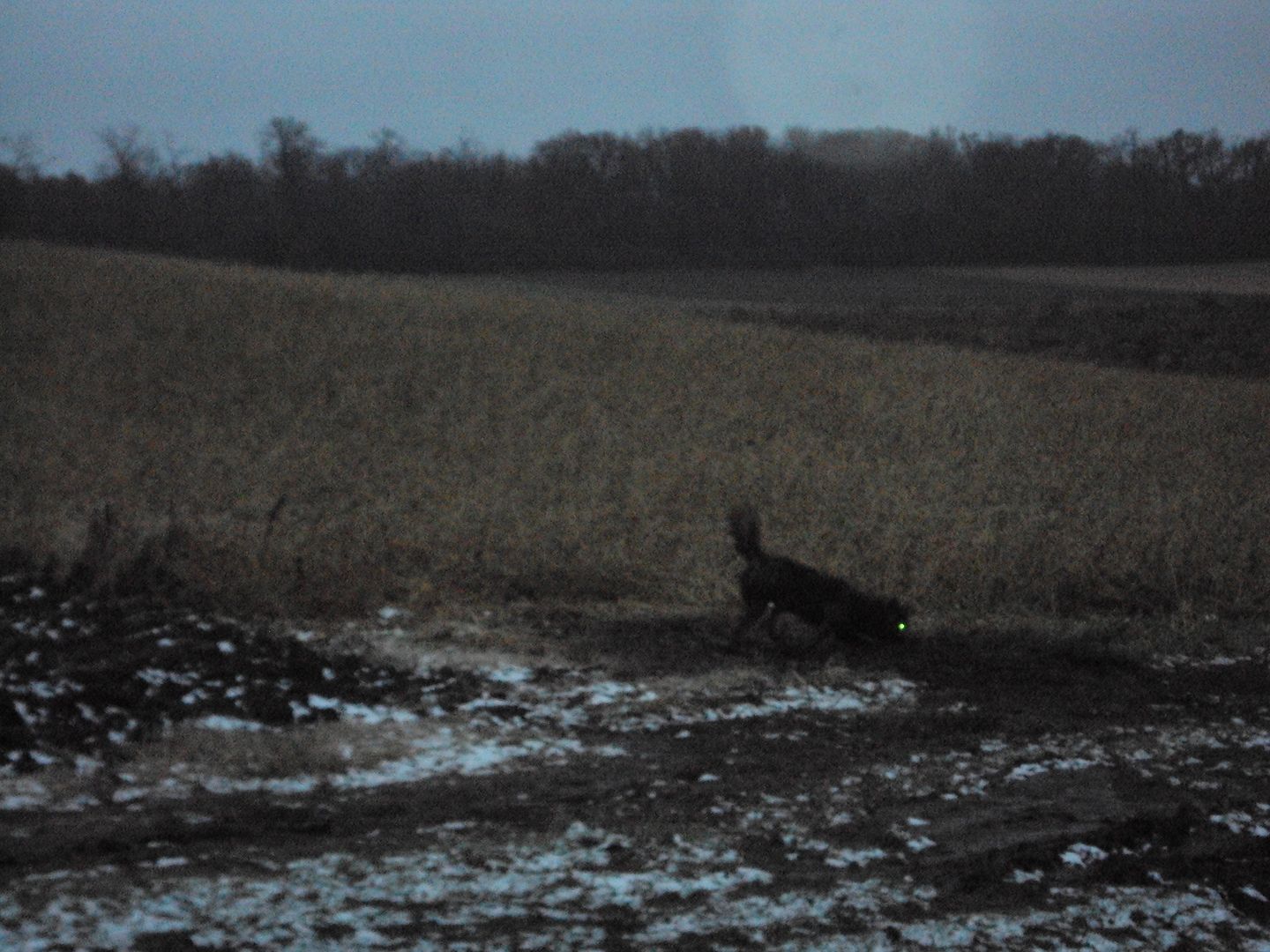 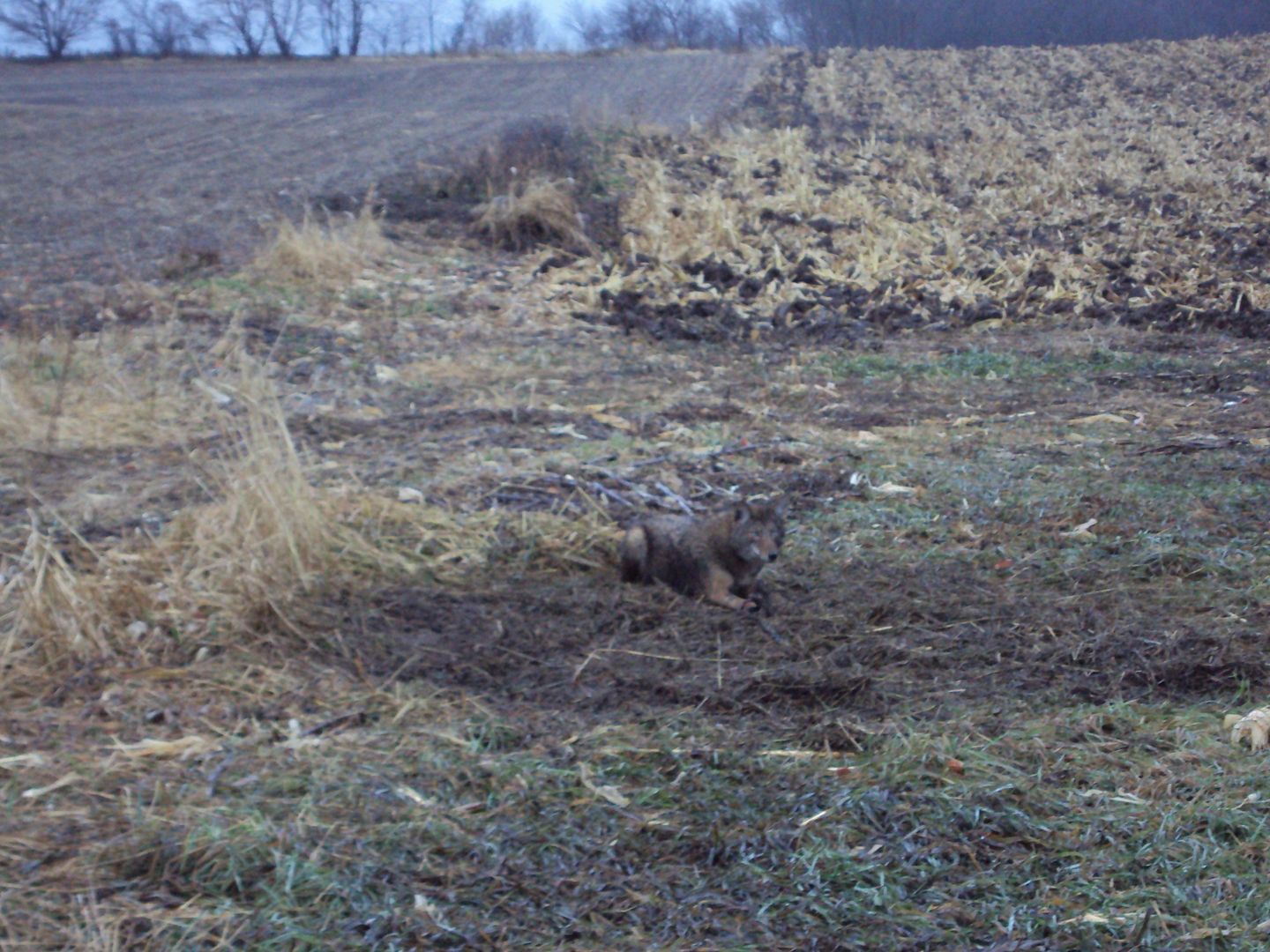 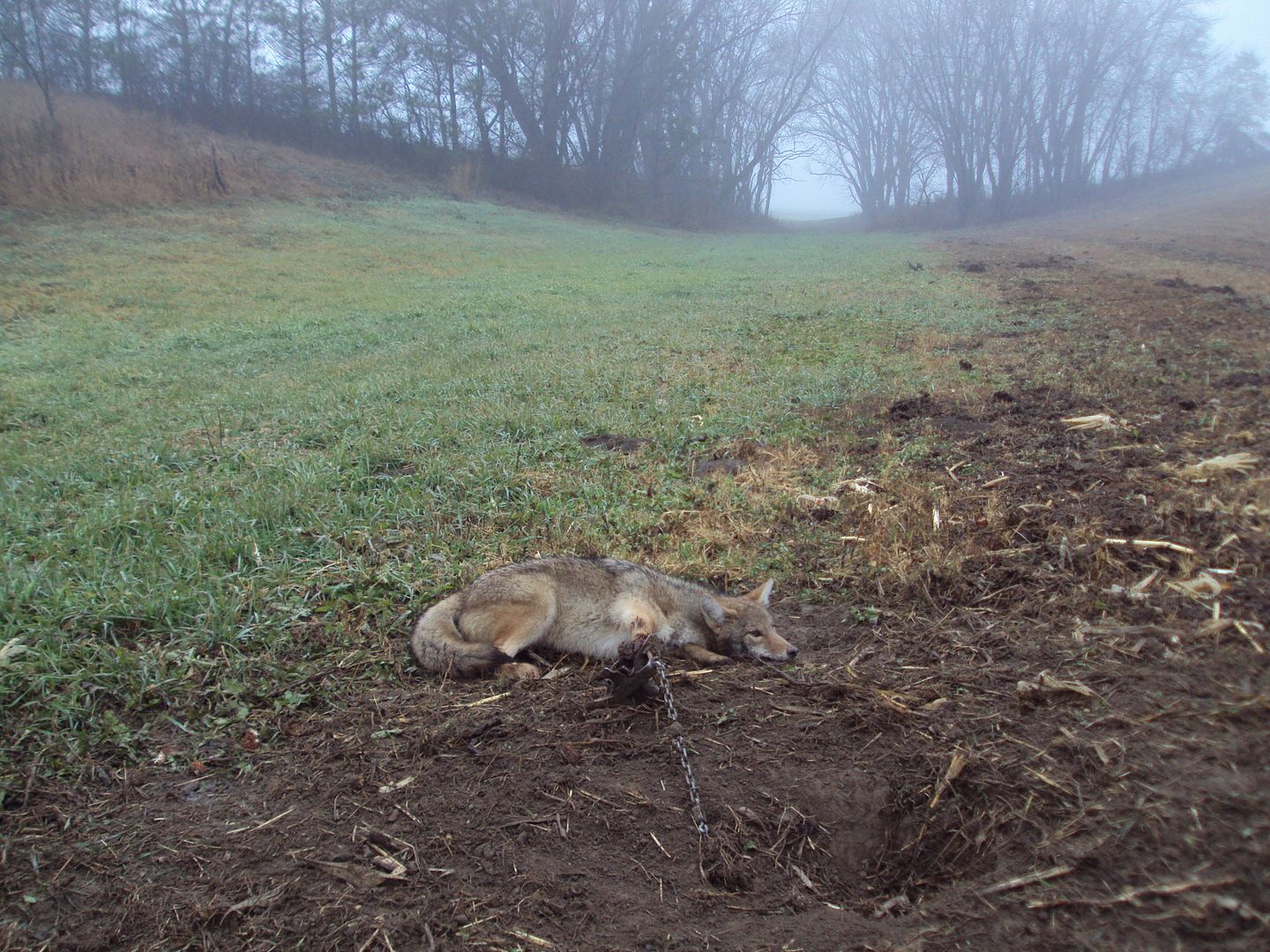 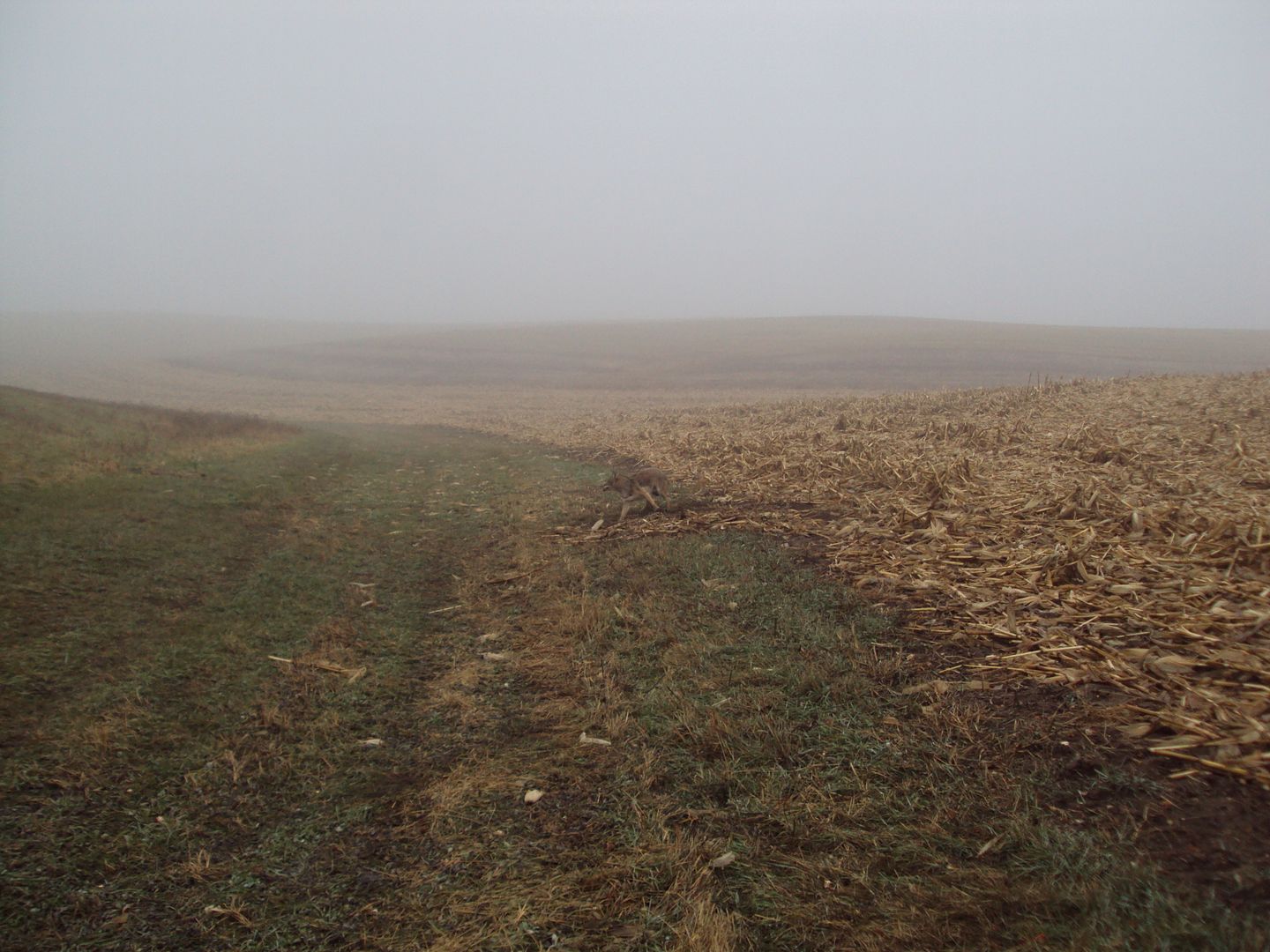  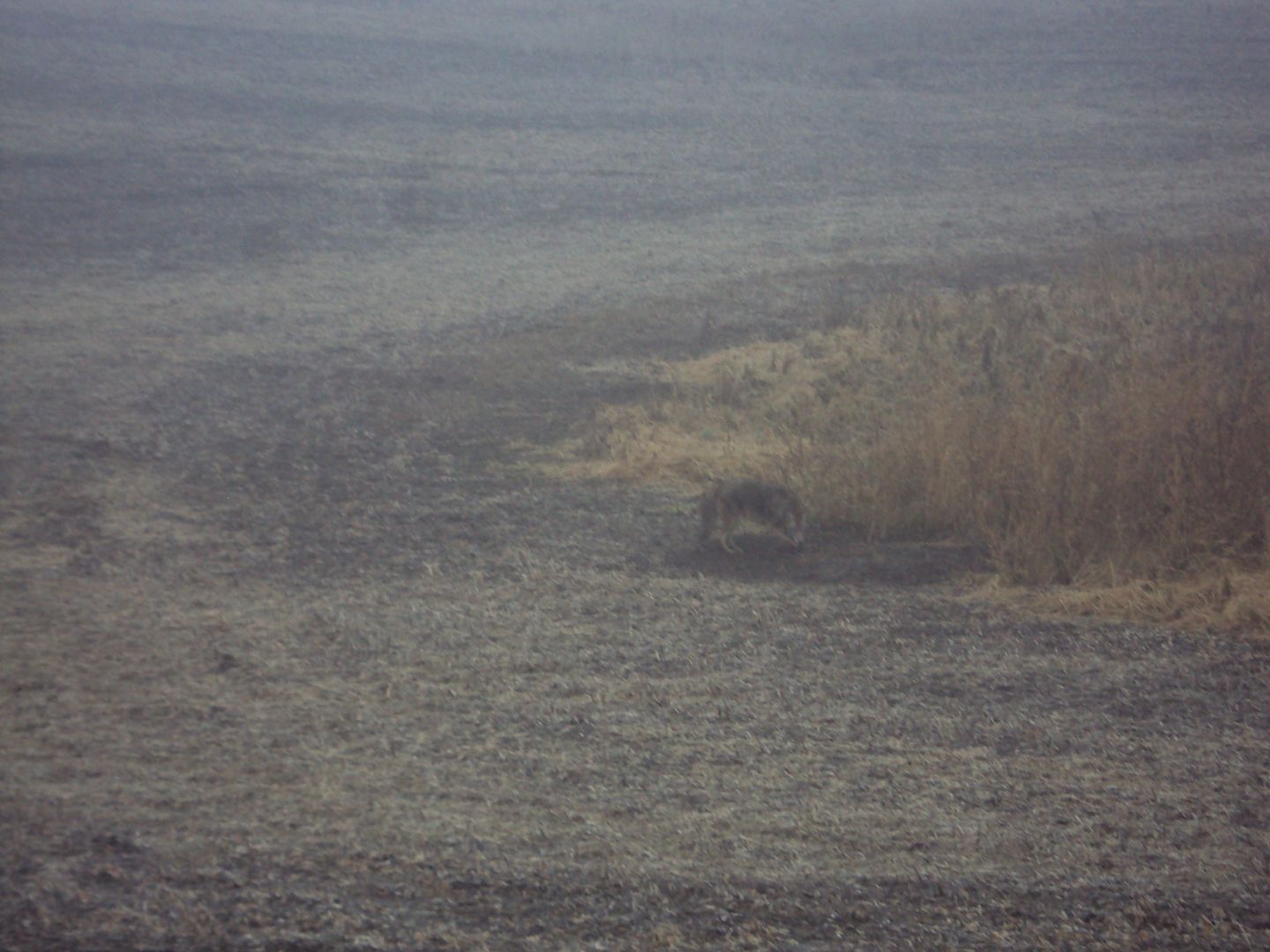 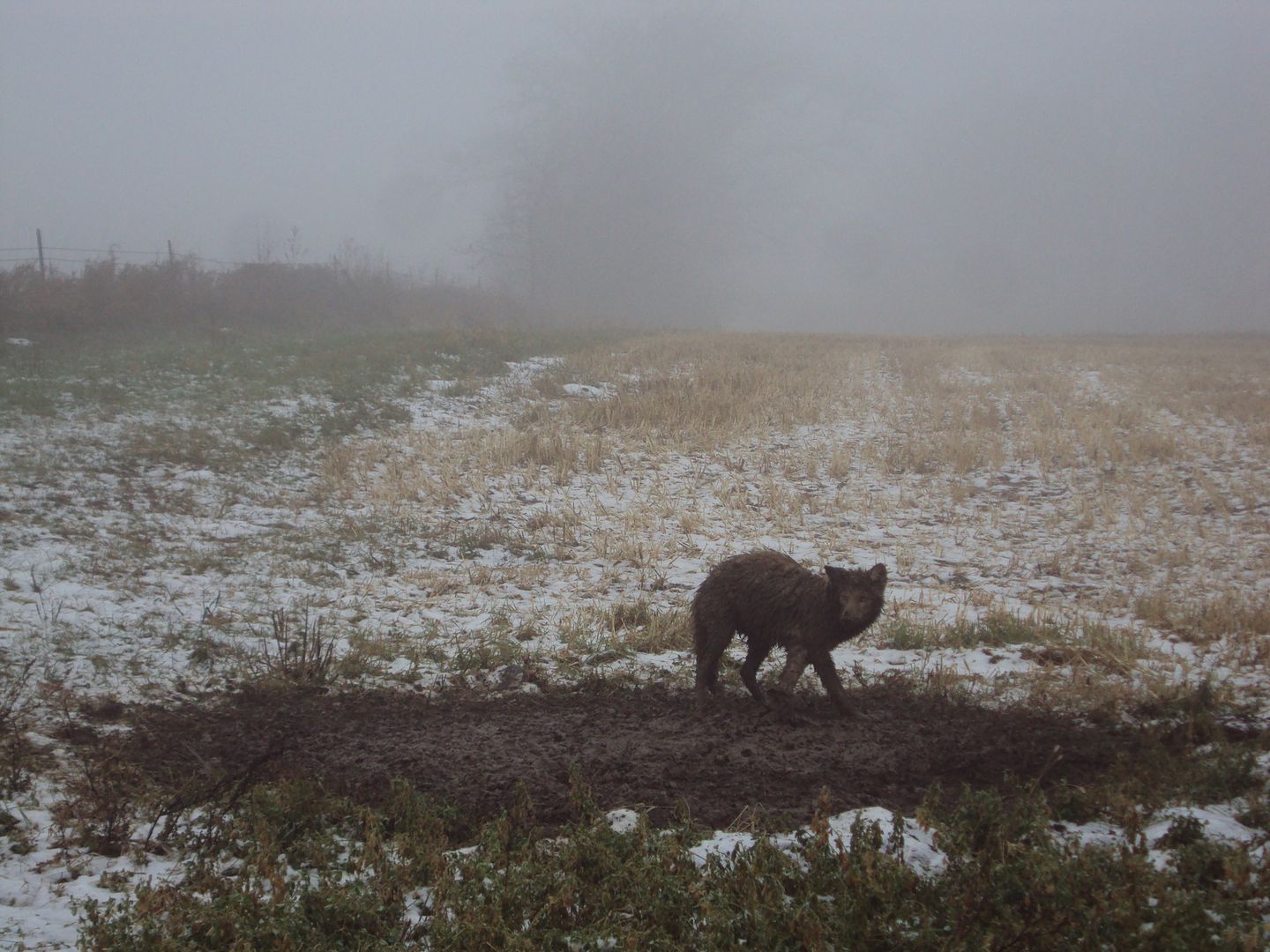 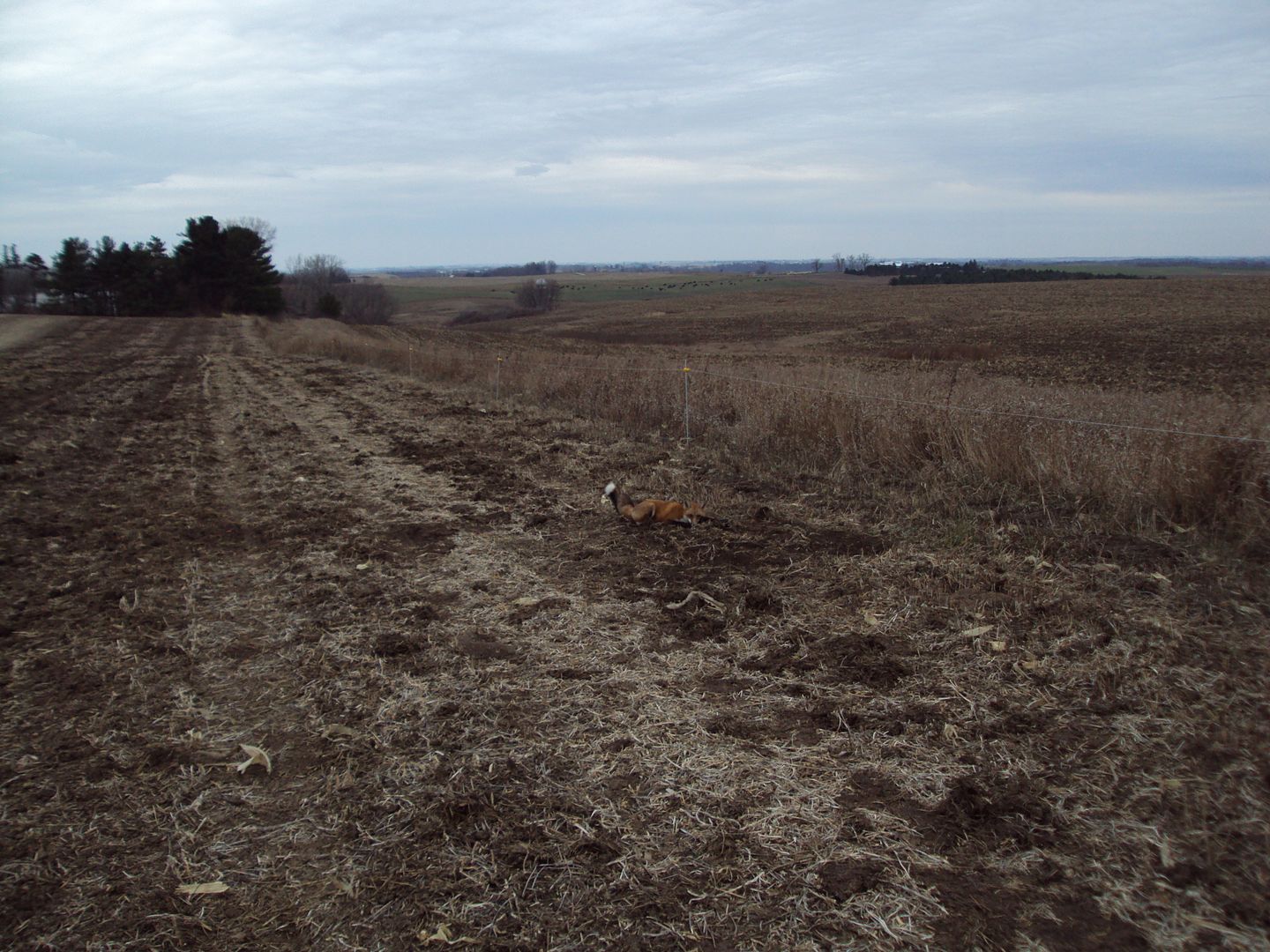    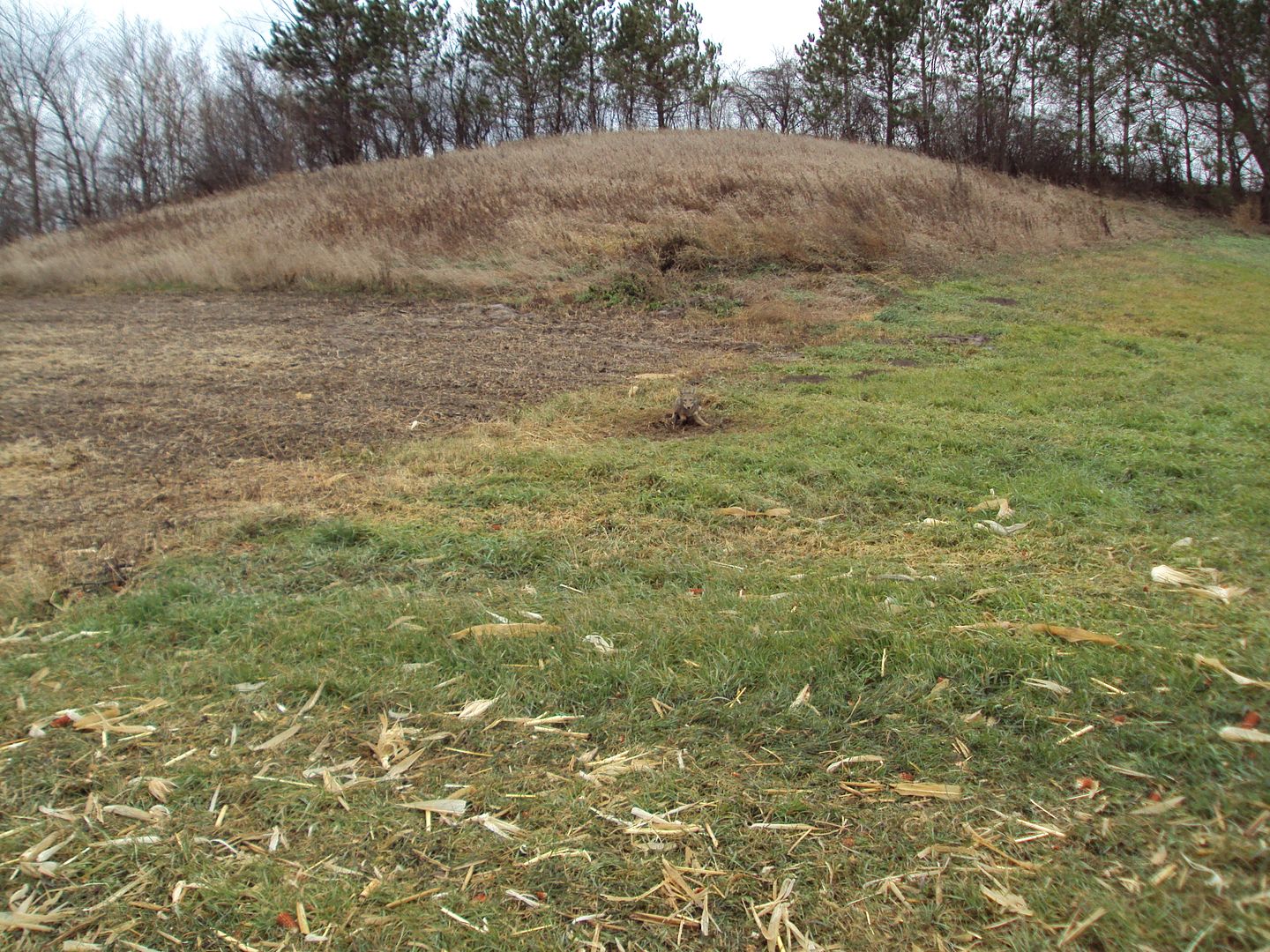 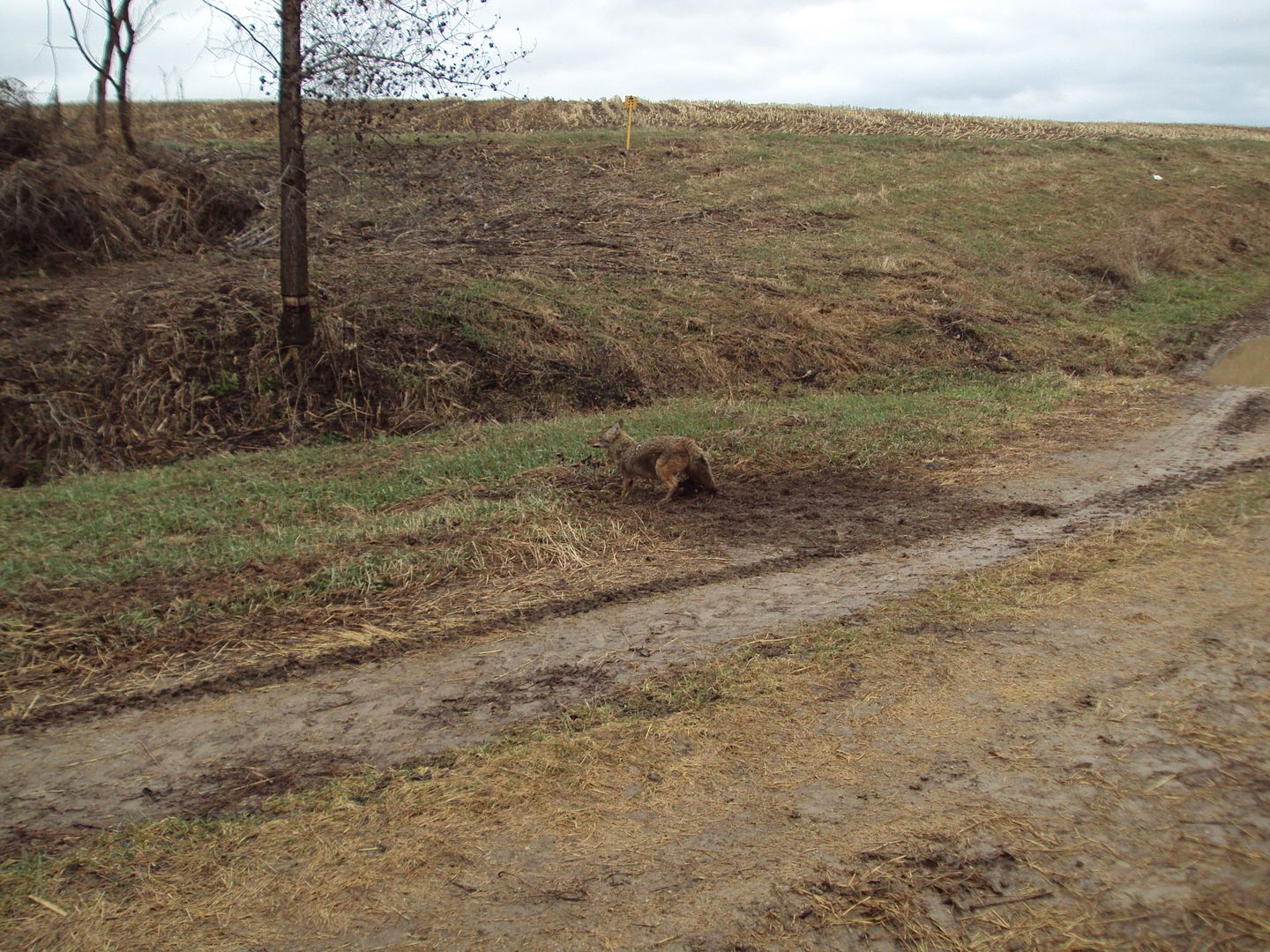 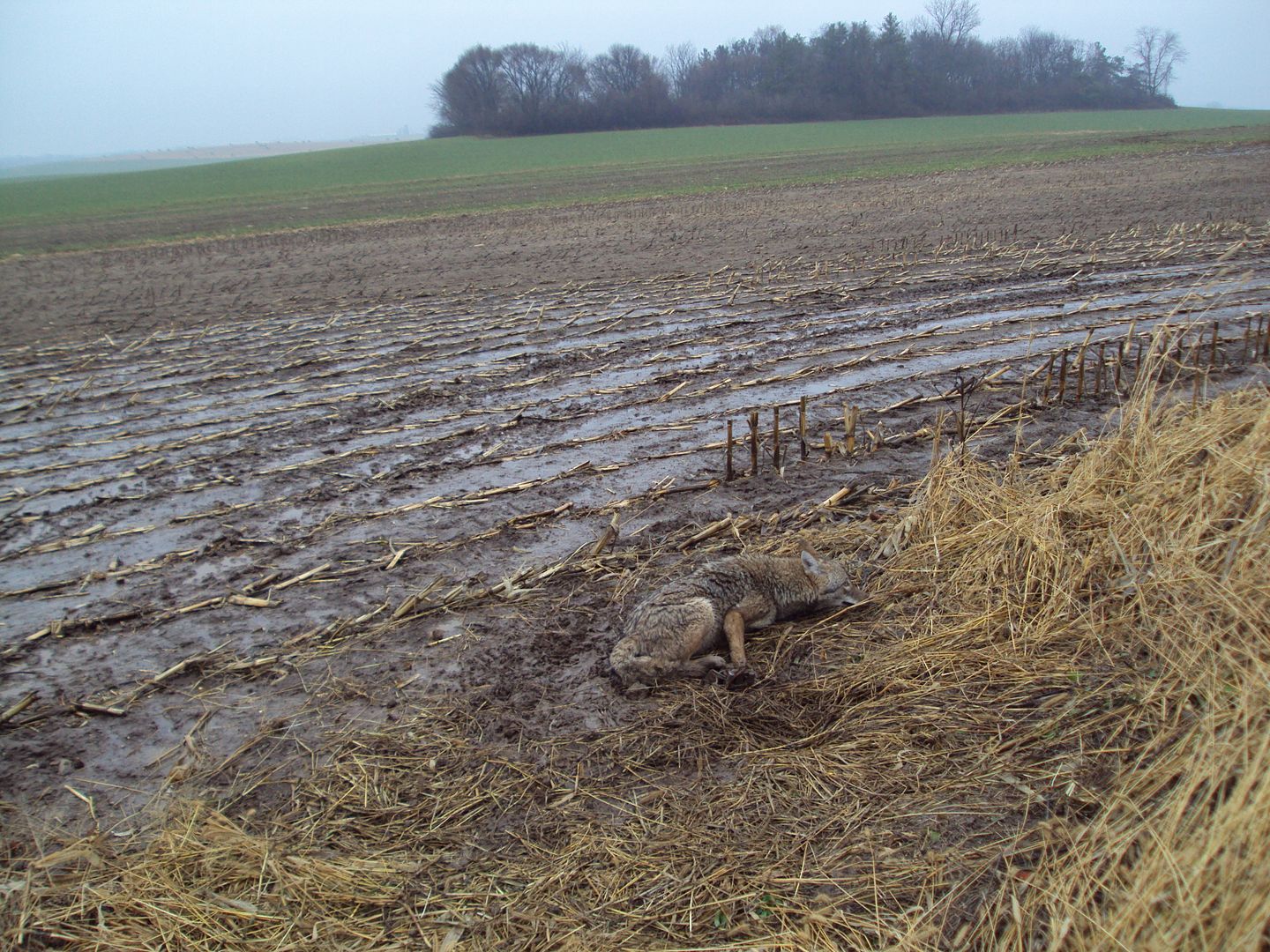 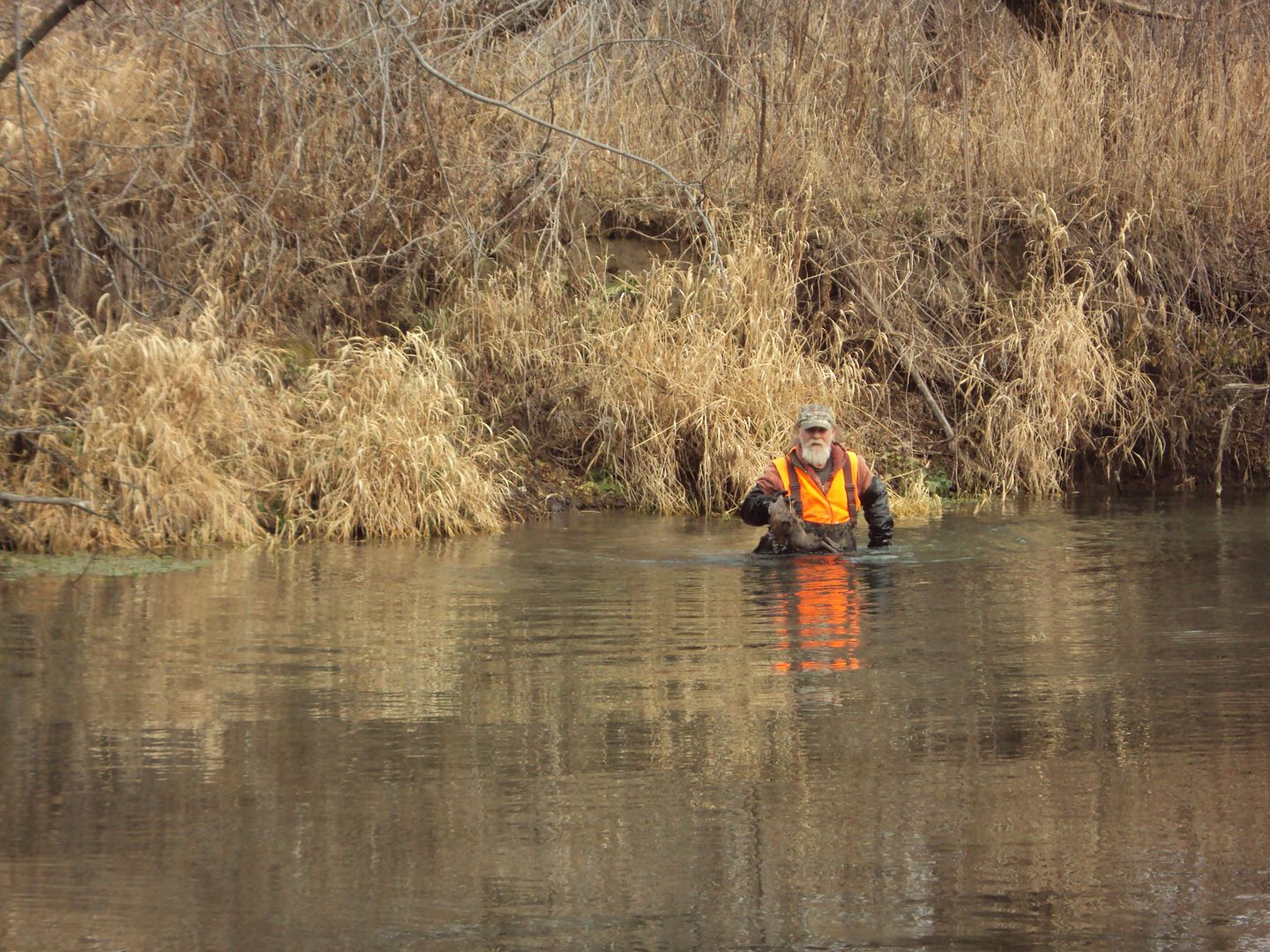  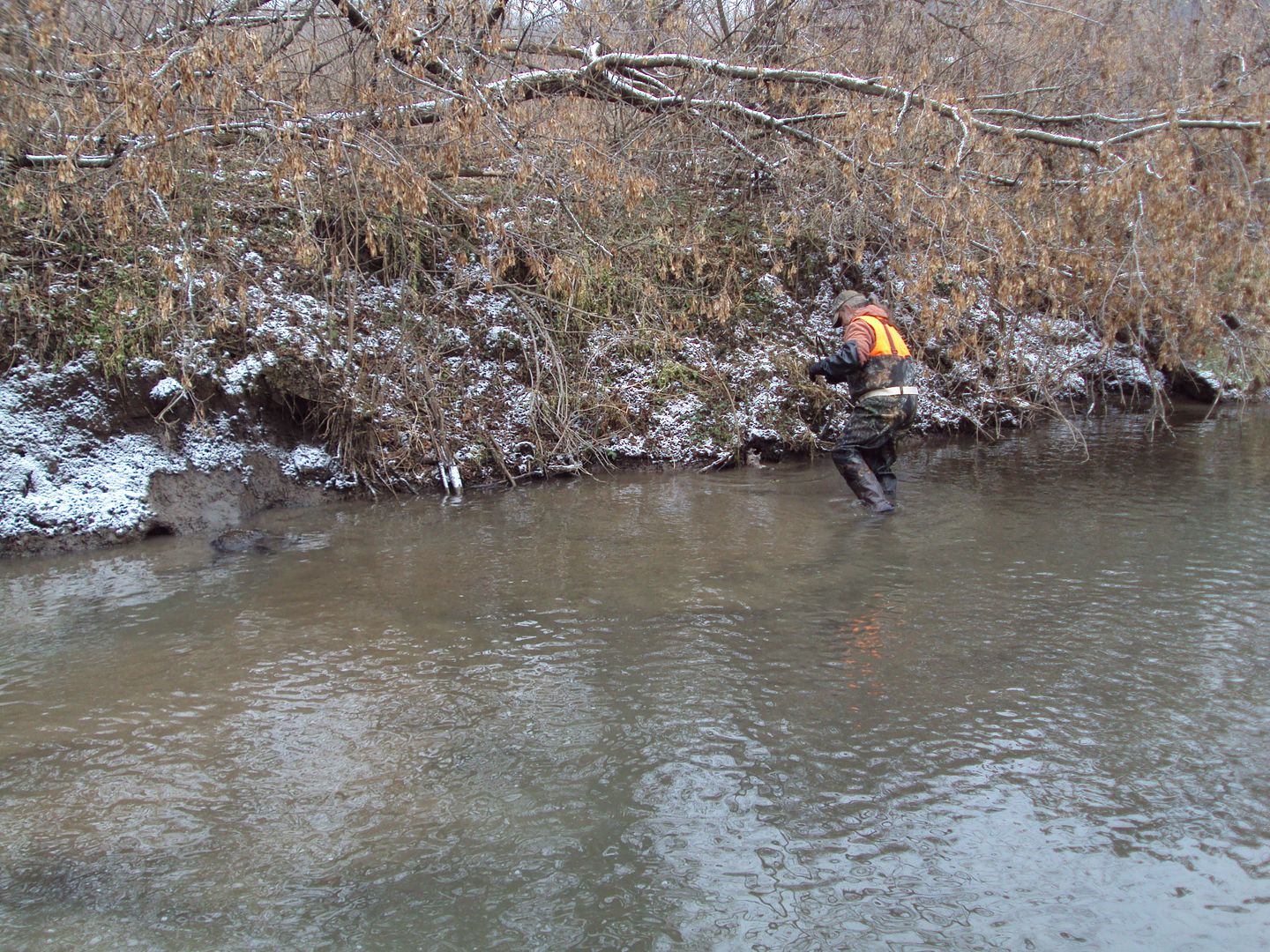 |
|
|
|
Post by bobbrennan on Dec 4, 2013 22:06:07 GMT -6
steve do you feel you have figured out where the SPOT is after this years effort?
|
|
|
|
Post by trappnman on Dec 5, 2013 8:56:22 GMT -6
on some farms, I know exactly where THE spot is- on others, not so much "THE" spot, but "A" spot-
meaning that even if I cannot be on the spot that is the attraction for multiple groups, I can at least be at the location- and this is so very, very key- where although not multiple groups, is still "the location" where a coyote will work the set with minimum neophobic behaviors. so if there was only 1 or 2 there, I could at least set where those 1 or 2 would be more apt to work a set the right way
numberswise I didn't hit 200, but if you don't have the coyotes, you can't catch them.
|
|
|
|
Post by bblwi on Dec 5, 2013 13:27:06 GMT -6
I set out a small canine line the day after deer season and pulled today. We had 2.5 days of drizzle that added up to a lot of mud, standing water and then today it is blowing about 30 mph and temps were 23 this ealry AM and now about 17 and going down to a low of zero for Friday night and Saturday AM. I pulled a small coon line as well. Not much happening for me the last 3 weeks. Lots of rain, then cold then 9-day gun season has really slowed things and I may just call it close to a season with far less than my typical catch on rats, coons, mink. With the 5 inches of rain and then the ice I have about 3 miles of river I did not set but the rat sign is low all over for me. Last year the area that I trapped this year I harvested 150 rats and this year it was 64 and poorer quality rats in size as well. My typical coon catch is about 90-120 and this year I am setting at 75. I am keeping busy fleshing 3-4 dozen coons for a trapper friend. I have 3 to go, just taking a break from my unheated garage!
January I start two new part time jobs! I guess some of us don't know how to retire or when to. I will see how these work out with fishing, hunting, trapping and going to the fittness center.
Bryce
|
|
|
|
Post by jim on Dec 6, 2013 14:24:33 GMT -6
numberswise I didn't hit 200, but if you don't have the coyotes, you can't catch them.
Very true they have to be there to catch them. The last two years our numbers have went way down, I don't waste time trying to catch any. Mink and coon also way down. See a few more rabbits and snowshoes though maybe in a couple years the coyotes will come back.
When you say you didn't hit 200 does that mean you got at least 150?
Jim
|
|
|
|
Post by trappnman on Dec 7, 2013 9:49:19 GMT -6
jim, I was done telling numbers 2 years ago- there is always someone higher and always someone lower and I've found there is no gain in bragging or apologising for numbers.
|
|
|
|
Post by RdFx on Dec 7, 2013 11:34:32 GMT -6
Whoooeeee, talk about some cold! My take on mink, rats, coon, yotes are all down this year....Might put some under ice sets for rats but then again i should just leave the ones i know are there be for breeding stock.. I only ended up with 83 rats this year....and i worked for them. Never saw a deer this year hunting and DNR says my county is second highest kill in Wis with over 9000 deer. I must have forgot how to hunt! Will string a few cables but nothing extensive.
|
|
|
|
Post by Nick C on Dec 7, 2013 12:46:04 GMT -6
T-Man,
Hope you find more mink than I did this year.
Can't imagine any lower of a population than I saw this year.
Over 40% of my catch is older females, and 20% older males. The rest being young of the year mink. If anyone pays attention to the age dynamics and sex of their catch in the upper Midwest knows that is very out of whack.
Usually 60 some % males and 30 some % females. And Usually 60%+ young of the year.
I think the historical flooding this spring here in NW IA wiped out a lot of litters.
I did catch my first mink with some ranch blood, which was cool. A female as big as an adult male. And short nap and very dark fur.
|
|
|
|
Post by jim on Dec 7, 2013 18:03:01 GMT -6
jim, I was done telling numbers 2 years ago- there is always someone higher and always someone lower and I've found there is no gain in bragging or apologising for numbers. I know, but you put that 200 figure out there, so I would think that met you got closer to 200 than the 100 hundred number. If not true might as well said you didn't reach 500. IMO Jim |
|
|
|
Post by trappnman on Dec 7, 2013 18:16:47 GMT -6
no, not seeing the numbers I expect either nick on mink- I have a feeling its going to be a short water season
|
|
|
|
Post by trappincoyotes39 on Dec 8, 2013 11:27:06 GMT -6
Nick would be very tough to tell if a mink had ranch mink in it without doing DNA work. Those very dark short napped mink I saw quite a bit in NE Iowa in the mid 80's on a few drainages I trapped. me personally would think more genetics in that wild strain versus some mink crossing with ranch types who I would think would have a rough time of survival after being bred and fed a regular diet in captivity. Just my opinion. I haven't trapped mink for a good while now. Although more out west than many think. I have a few spring fed creeks me and the boy might setup for a week after Christmas just to see what happens. I am by no means a master minker though LOL.
|
|
|
|
Post by blackhammer on Dec 8, 2013 14:49:18 GMT -6
Nick would be very tough to tell if a mink had ranch mink in it without doing DNA work. Those very dark short napped mink I saw quite a bit in NE Iowa in the mid 80's on a few drainages I trapped. me personally would think more genetics in that wild strain versus some mink crossing with ranch types who I would think would have a rough time of survival after being bred and fed a regular diet in captivity. Just my opinion. I haven't trapped mink for a good while now. Although more out west than many think. I have a few spring fed creeks me and the boy might setup for a week after Christmas just to see what happens. I am by no means a master minker though LOL. When you get females as big as an average male wild it's a no brainer. I'm not sure msny ranch mink survive long enough to breed. The one exception would be during breeding season when the mink are being handled a lot and the chance for escape the highest, if a mink escaped I would guess it would breed with a wild real fast if it found one and in the case of the female being the wild one of the pair then maybe the chance of a surviving litter would be pretty good. |
|
|
|
Post by trappincoyotes39 on Dec 8, 2013 18:40:52 GMT -6
The odds of such breeding would be very low. Also the odds of a ranch living in the wild come fur season would be very low as well. escape just prior to I think would be needed.
Unless one is trapping very close to a mink farm?
|
|
|
|
Post by bblwi on Dec 8, 2013 18:56:48 GMT -6
When I first started trapping here in the early 80's I would catch at least 2 to 4 ranch mink per year. At that time we had 20-30 mink ranches within 30 miles of my home and there are several sloughs, rivers and streams in the area where things like frogs etc. would and probably did keep the mink alive. Most were in OK condition when caught except for primeness. They were more black in the pelt early in the season even then the wild mink were. We now are down to a half dozen mink ranches and I rarely catch a ranch mink anymore.
I noticed also that along with the big rat numbers drop my mink are way down as well. The last This year I have 64 rats and 1 male mink. My average over the last 3 years before 2013 are 217 rats and 7 mink.
Bryce
|
|
|
|
Post by trappincoyotes39 on Dec 8, 2013 19:35:20 GMT -6
When one thinks how fast mink turnover in their population and short life span would be very tough for ranch mink genetics to be carried on by wild mink..... I have seen more than a few jet blacks caught in the wild and they where many,many miles from any mink farm and most out of business for years. Not saying if your trapping close to mink farms one wouldn't catch a few but to think they would hold much in the way of ranch genetics for any period of time is not realistic given short life span in the wild.
Bruce I have seen the same in areas of high rat numbers feel many of those mink become very rat dependent.
|
|
|
|
Post by mattduncan on Dec 8, 2013 21:12:21 GMT -6
We had a study done here in ontario that would show much different results tc39
|
|
|
|
Post by trappincoyotes39 on Dec 9, 2013 5:12:45 GMT -6
Matt a study on what?
|
|
|
|
Post by Nick C on Dec 9, 2013 8:56:27 GMT -6
I talked to a mink rancher the other night, and he said it would be unlikely a wild male could breed a ranch female, due to the size of a ranch female and how aggresive they breed.
Although a ranch male could very likely breed a wild female.
Some areas I trap get very little trapping pressure, as everyone in this state is coon crazy. Different strokes for different folks. A coon trapper wouldnt waste his time trapping a lot of the bridges I trap because I usually don't average more than a coon per bridge.
There is plenty of country where mink die of old age or if nature consumes them fiest.
|
|
|
|
Post by bblwi on Dec 9, 2013 14:41:37 GMT -6
Interesting to note Nick how most focus on the coon and let all else go by. I know it is not as efficient to multi-species trap but I enjoy that type of trapping the most as that was what I did when first starting in the early 1960s and it just feels good to me yet today.
Right where I live and trap we don't have nearly as many of the small streams the come out of the ridges that will attract mink but not so many coons. Our coons are associated more early with corn as we harvest 80% of our corn as silage and or high moisture and then the coons scatter to buildings etc. We don't have many oaks here in our eastern deciduious forest so their are not as many coons on the ridges eating acorns as in western WI and eastern Mn etc. We don't have nearly as many larger older cottonwood river bottoms either and thus fewer tree dens. Abandoned buildings are very commonly used and we have many of those being buried every year now as farms consolidate and owners destroy them to get them off the tax rolls.
Bryce
|
|
|
|
Post by mattduncan on Dec 9, 2013 16:55:48 GMT -6
Study showing ranch mink DNA widespread through much of southern ontario wild mink population , with comparisons to samples from northern ontario. Where ranch mink have never been prevalent , that would tell me that ranch mink do have the ability to survive in the wild |
|